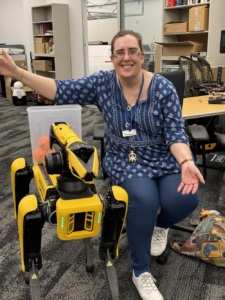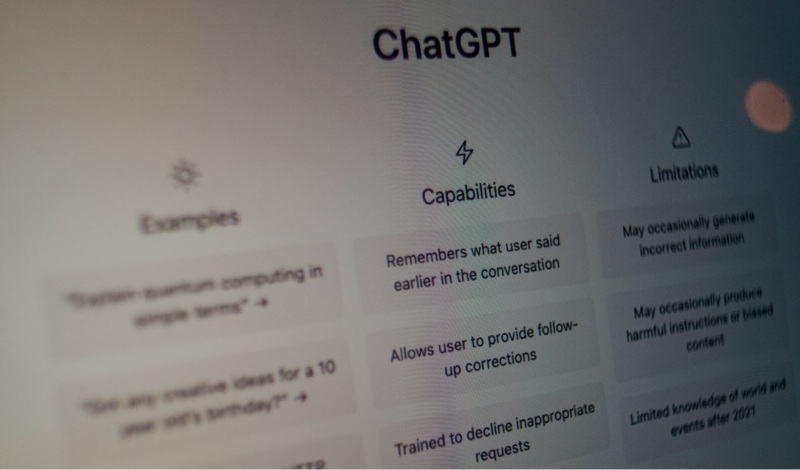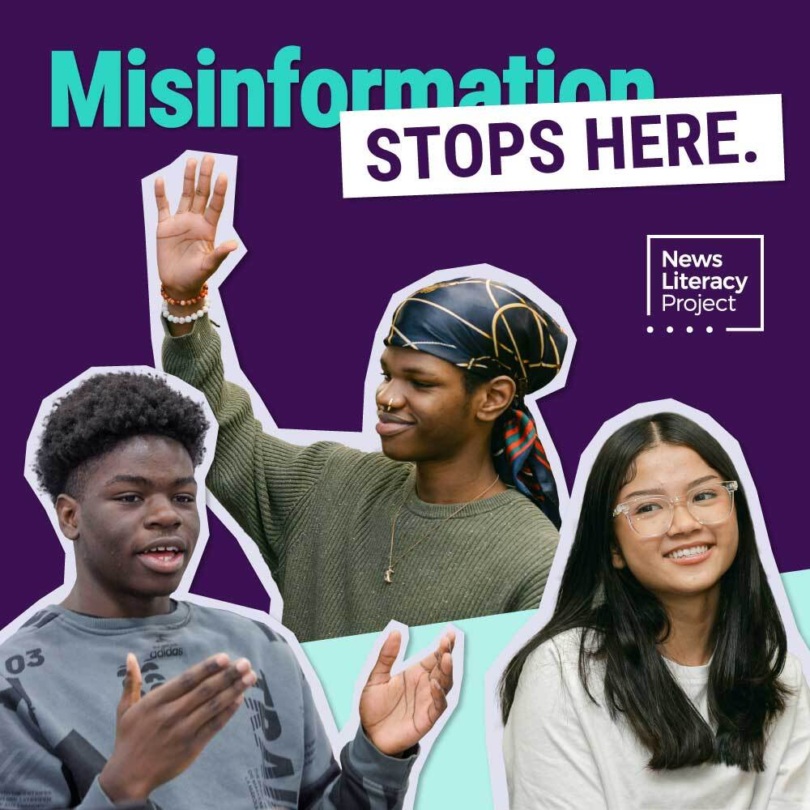
Insider Spotlight: Jennifer Liang
Welcome to the Insider Spotlight section, where we feature real questions from our team and answers from educators who are making a difference teaching news literacy. This month, our featured educator is Jennifer Liang from Atlanta, Georgia, where she teaches Media Literacy to high school students with incidence disabilities, like autism and ADHD.
Q: Why are news and media literacy skills important for all learners?
A: Media literacy is important because we want students to mature into active, engaged citizens. I tell my students all the time that they will be voters soon, and I want them to make good choices based on facts.
 Q: What are some ways that you’ve adapted NLP resources to meet the needs of your students?
Q: What are some ways that you’ve adapted NLP resources to meet the needs of your students?
A: Because I teach special needs, I am always adapting everything. We complete the lesson modules together as a class. That way I can make sure the students fully engage with and understand the content. Because we are reading together, I can help them break down any unfamiliar words or idioms to improve comprehension. Doing it as a group also means that we can discuss answers together. I love it when two students disagree on a response so we can talk through the concept. We make liberal use of the “try again” feature.
Q: How do you supplement Checkology lessons to further student learning?
I add additional readings or videos and assign projects as a summative assessment. Right now, we are working on “Conspiratorial Thinking.” We started the unit by watching a short documentary on the history of the Flat Earth movement. Their final project will be researching a popular conspiracy theory and debunking it. As part of the debunking, they have to identify the types of bias the theory demonstrates and document what kind of harm this theory causes.
Q: What is your favorite tool from the Resource Library, and how do you engage students with it?
A: We refer back to the Seven standards of quality journalism poster all the time. Students have to complete a weekly news article review and rate how well it meets the standards.
Q: What is your favorite Checkology lesson to use with students, and why?
A: The kids get really excited about “Conspiratorial Thinking.” It’s the topic they look forward to all semester.
Want to explore adaptable lessons to teach news literacy skills in your classroom?
- Use Jennifer’s favorite lesson, “Conspiratorial Thinking,” to teach students to recognize conspiracy theories and explain what makes people vulnerable to conspiratorial thinking. This lesson is hosted by Renée DiResta, the former research manager at Stanford Internet Observatory.
- Download Jennifer’s favorite poster, Seven standards of quality journalism. By introducing students to the major standards of quality journalism, and helping them understand their nature and rationale, you’ll provide them with tools that they can use to evaluate the credibility of the information they encounter daily and, in some cases, to critically respond to it.
 Q: What are some ways that you’ve adapted NLP resources to meet the needs of your students?
Q: What are some ways that you’ve adapted NLP resources to meet the needs of your students? 
